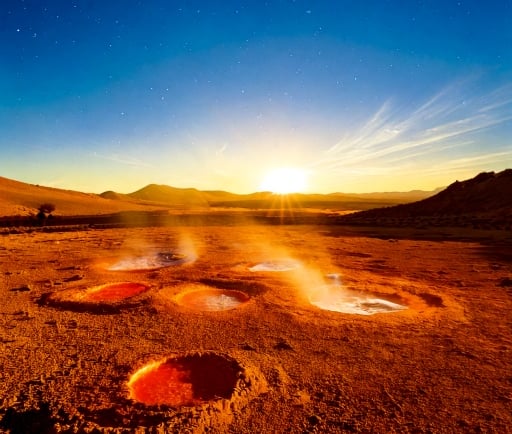The Local Hot Bubble: Insights from NASA's X-Ray Instrument


Introduction to the Local Hot Bubble
The Local Hot Bubble (LHB) is an intriguing region of interstellar space that has garnered significant interest among astrophysicists. It is characterized by a bubble of hot, ionized gas surrounding our solar system, and recent data collected by NASA's X-ray instrument have confirmed its existence. This blog post will explore the properties of the Local Hot Bubble, focusing on the density of interstellar helium and its implications for understanding our cosmic environment.
NASA's X-Ray Instrument and Its Findings
The role of NASA's X-ray telescope in confirming the existence of the Local Hot Bubble cannot be overstated. This instrument has provided critical insights into the physical properties of this unique interstellar region. Through high-energy X-ray emissions, scientists have been able to analyze the distribution and density of helium in the LHB. The resulting data, represented in a spectrum of colors, indicates varying densities of interstellar helium near Earth. The bright, vivid colors not only make the data visually appealing but also serve as a crucial tool for understanding stellar processes.
Density Variations and the Downstream Cone Area
One particularly interesting aspect of the findings is the enhancement of helium density in a downstream cone area. This phenomenon occurs due to interactions between interstellar gases and solar winds. The enhanced density of helium in this area has profound implications for our understanding of solar system dynamics and potential impacts on space weather. By studying these density variations, researchers can gain insights into the broader structure of the Milky Way galaxy and the processes that drive its evolution.
In conclusion, the investigation of the Local Hot Bubble and its density of interstellar helium is a significant leap forward in astronomy. The findings from NASA's X-ray instrument not only confirm the existence of the LHB but also enhance our understanding of the cosmic environment surrounding our planet. Continued research in this field will undoubtedly reveal more about our universe and the forces shaping it. The data obtained serves as a gateway towards deeper explorations of interstellar phenomena, driving further scientific inquiry and discovery.
